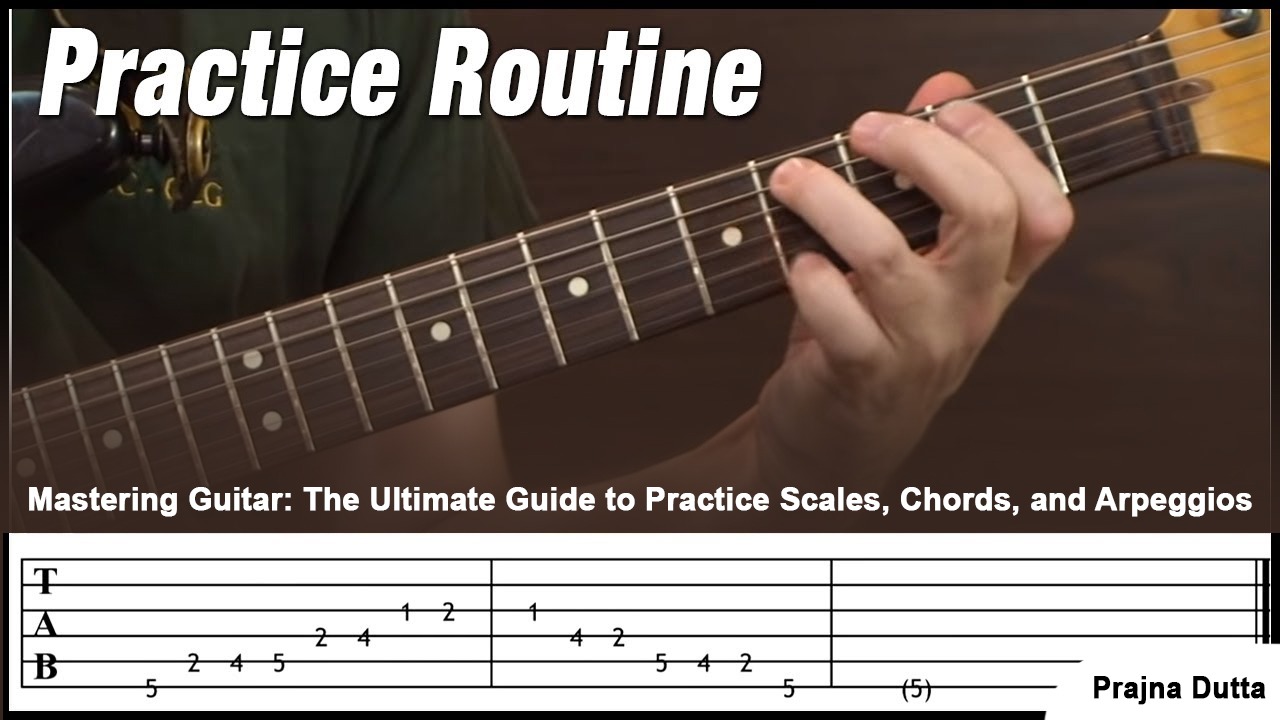Introduction:
As a guitarist, mastering scales, chords, and arpeggios is essential for developing your musical skills and expanding your repertoire. These foundational elements form the building blocks of music theory and enable you to express yourself creatively on the guitar. In this blog post, we will explore the best practices for effectively practicing scales, chords, and arpeggios to elevate your playing to the next level.
1. Scales:
Scales are fundamental to understanding melody and harmony in music. Practicing scales regularly helps improve your finger dexterity, fretboard knowledge, and musical ear. Here are some tips for mastering scales:
- Start with the major scale: The major scale is the foundation for many other scales and modes. Practice playing the major scale in different keys and positions on the fretboard.
- Use a metronome: Practicing scales with a metronome improves your timing and helps build speed gradually. Start at a comfortable tempo and increase the speed as you become more proficient.
- Practice in sequences: Instead of playing scales up and down, try practicing in sequences such as thirds, fourths, or fifths. This will enhance your coordination and phrasing.
2. Chords:
Chords are essential for rhythm playing and songwriting on the guitar. Mastering a variety of chord shapes and progressions will expand your musical vocabulary and versatility. Here are some tips for practicing chords:
- Learn common chord shapes: Start with basic open chords like C, G, D, E, and A. Then move on to barre chords and more advanced chord voicings.
- Practice chord transitions: Focus on smooth transitions between chords to improve your muscle memory and fluency. Use chord progression exercises and songs to practice changing chords quickly.
- Experiment with chord variations: Explore different chord inversions, extensions, and substitutions to add color and depth to your chord progressions.
3. Arpeggios:
Arpeggios are broken chords that consist of the individual notes of a chord played separately. Practicing arpeggios enhances your understanding of harmony and melodic phrasing on the guitar. Here are some tips for mastering arpeggios:
- Start with basic arpeggio shapes: Learn arpeggios for major, minor, dominant, and diminished chords in different positions on the fretboard.
- Practice arpeggio patterns: Experiment with different picking patterns and rhythmic variations when playing arpeggios. This will improve your technique and musical expression.
- Integrate arpeggios into your solos: Use arpeggios to create melodic lines and improvisations in your solos. Practice connecting arpeggios with scales to navigate the fretboard seamlessly.
Conclusion:
Mastering scales, chords, and arpeggios is a lifelong journey for guitarists seeking to improve their skills and musicality. By incorporating these foundational elements into your daily practice routine and exploring creative ways to approach them, you will develop a strong foundation for musical expression on the guitar. Remember to stay patient, consistent, and open to experimentation as you strive to become a well-rounded guitarist. Happy practicing!

Comments